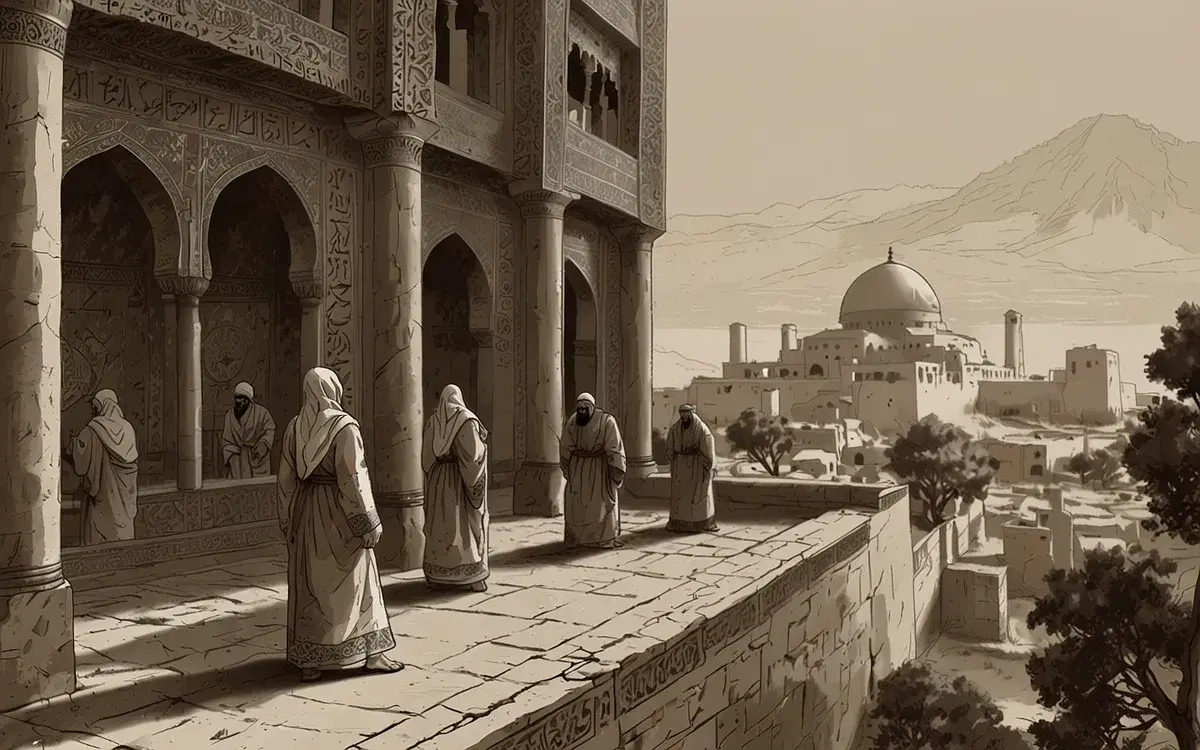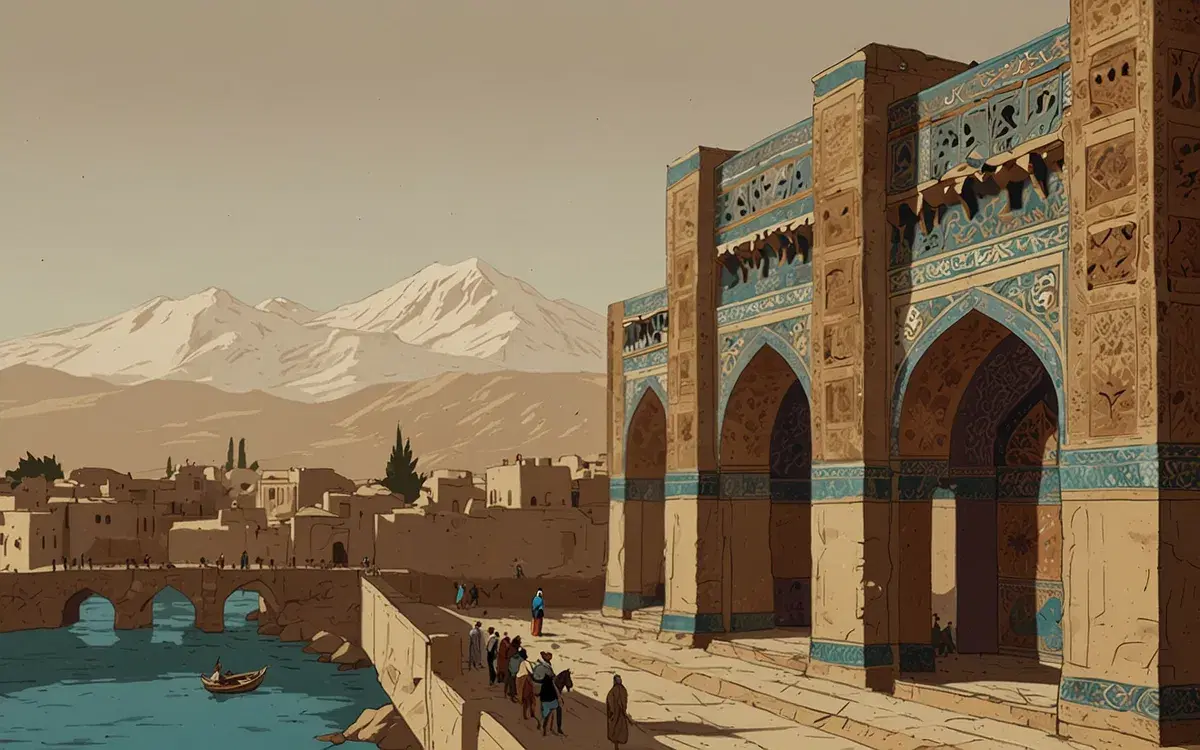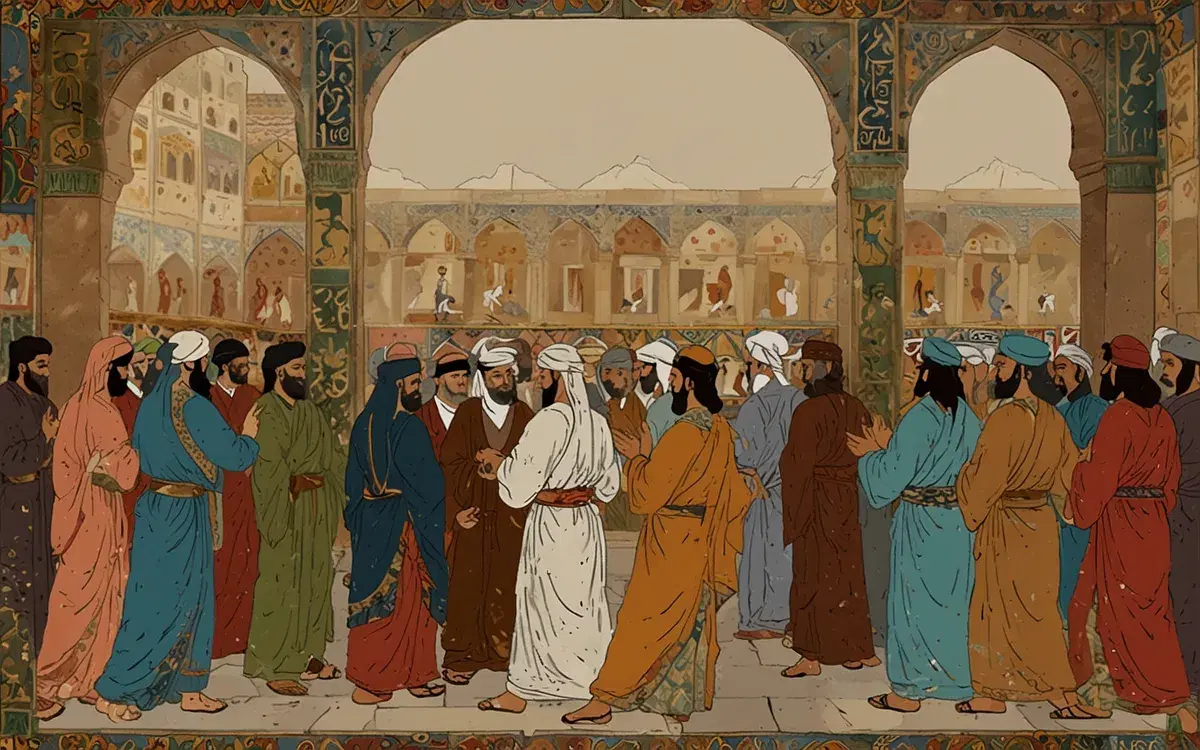Ancient Persian Culture: Unveiling Its Innovations and Global Influence
Ancient Persian culture, a beacon of human innovation and ingenuity, thrived between the reign of Cyrus the Great (circa 550-530 BCE), the founder of the Achaemenid Persian Empire, and the fall of the Sassanian Empire in 651 CE. Despite these temporal markers, the roots of Persian culture reach back to the third millennium BCE, reflecting an ancient civilization with a rich and enduring legacy.
Birth of a Civilization
The Iranian Plateau, known as Ariana or Iran—“the land of the Aryans”—was home to migrating Aryan (Indo-Iranian) tribes. Among these, the Persians settled in Persis (modern-day Fars), shaping a cultural identity that would resonate through the ages. Initially subordinate to the Medes, another Aryan tribe instrumental in the fall of the Assyrian Empire in 612 BCE, the Persians rose to prominence under Cyrus the Great, who overthrew the Medes around 550 BCE. The Achaemenid Empire’s establishment marked a cultural renaissance, blending and amplifying advancements inherited from earlier Persians and Medes.
Cyrus’s vision of a vast, inclusive empire fostered an environment where diverse peoples could coexist while retaining their beliefs and traditions. This philosophy laid the groundwork for one of the most influential cultures of the ancient world. Greek historians often emphasize the cultural exchange following Alexander the Great’s conquest in 330 BCE, but Persian culture had already profoundly influenced Greece and other civilizations long before Alexander’s campaigns. Its legacy continues to shape societies globally.

Birth of a Civilization
Foundations of Faith
The Aryan settlers introduced a polytheistic religion centered around Ahura Mazda, the “Lord of Wisdom,” alongside lesser deities such as Mithra, Anahita, and Atar. These deities symbolized cosmic forces and were worshipped through rituals like the yazna, where sacred fire and the hauma drink played vital roles. Over time, Zoroaster (or Zarathustra), a prophet who lived between 1500-1000 BCE, reformed this faith into Zoroastrianism, a monotheistic religion.
Zoroastrianism emphasized a dualistic worldview, with Ahura Mazda representing good and Angra Mainyu embodying evil. The purpose of life was framed as choosing between these forces. Followers of Ahura Mazda pursued truth and order through Good Thoughts, Good Words, and Good Deeds, while those aligned with Angra Mainyu embraced chaos and falsehood. The religion introduced the concepts of an afterlife, divine judgment, and an eventual messianic figure, the Saoshyant, who would herald the end of time and universal salvation.
Zoroastrianism profoundly influenced later monotheistic faiths, including Judaism, Christianity, and Islam, embedding its moral and eschatological principles into their doctrines. During the Sassanian era, Zoroastrianism’s dualistic aspects were accentuated through the Zorvanist movement, further shaping its theological framework.
Social Hierarchy and the Role of Women
Persian society was structured around a divinely sanctioned hierarchy, with the king at its apex. The king’s legitimacy, derived from the divine concept of farr (grace), underscored his role as a god-appointed ruler. Below the king were priests, nobles, military elites, merchants, artisans, peasants, and slaves, each class contributing to the empire’s stability and prosperity.
Remarkably, women in ancient Persia enjoyed significant rights and responsibilities. Texts from Persepolis reveal that women held supervisory roles, managed businesses, and received equal pay to men for similar work. Pregnant women and new mothers were accorded additional support, reflecting a society that valued their contributions. Women could own land, engage in commerce, and even serve in the military, highlighting a progressive cultural ethos.
Economy and Innovation

Economy and Innovation
The Persian economy thrived on agriculture, trade, and craftsmanship. Crops such as barley, lentils, and grapes were cultivated using advanced irrigation systems like the qanat, which channeled subterranean water to arid regions. Trade networks, bolstered by Darius I’s road system and maritime routes, connected the empire’s vast territories. The introduction of standardized currency, the Daric, facilitated commerce and ensured economic stability.
Persian artisans and craftspeople were integral to the economy, producing goods ranging from jewelry to weapons. Their innovations extended to the arts, exemplified by the invention of the Persian carpet and early animation techniques, as seen in artifacts depicting moving images. The qanat system also supported the creation of lush gardens, the pairi-daeza, inspiring the concept of paradise.
Leisure and Cultural Achievements
Athletics and leisure were vital aspects of Persian life. Activities such as archery, wrestling, and polo fostered physical prowess, while storytelling, music, and banquets enriched social interactions. The oral tradition gave rise to epic tales like the Shahnameh and One Thousand and One Nights, preserving Persian values and history.
Persians pioneered numerous advancements, including the postal service, sulfuric acid, and the art of perfumery. Their contributions to medicine and mathematics, through figures like Avicenna and Al-Khwarizmi, laid the foundation for modern science. The Cyrus Cylinder, often regarded as the first declaration of human rights, epitomizes their commitment to tolerance and justice.
Legacy of Persian Culture

Persian Culture
The fall of the Sassanian Empire marked a turning point, but Persian culture continued to influence the Islamic world and beyond. Its principles of inclusivity, innovation, and respect for diversity resonate in modern societies. From ancient irrigation systems to timeless philosophies, the legacy of ancient Persia endures, shaping the world’s cultural and intellectual heritage.





